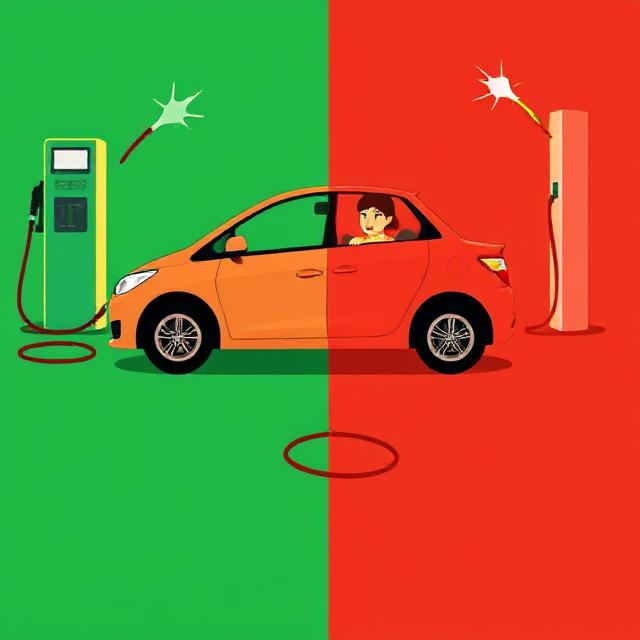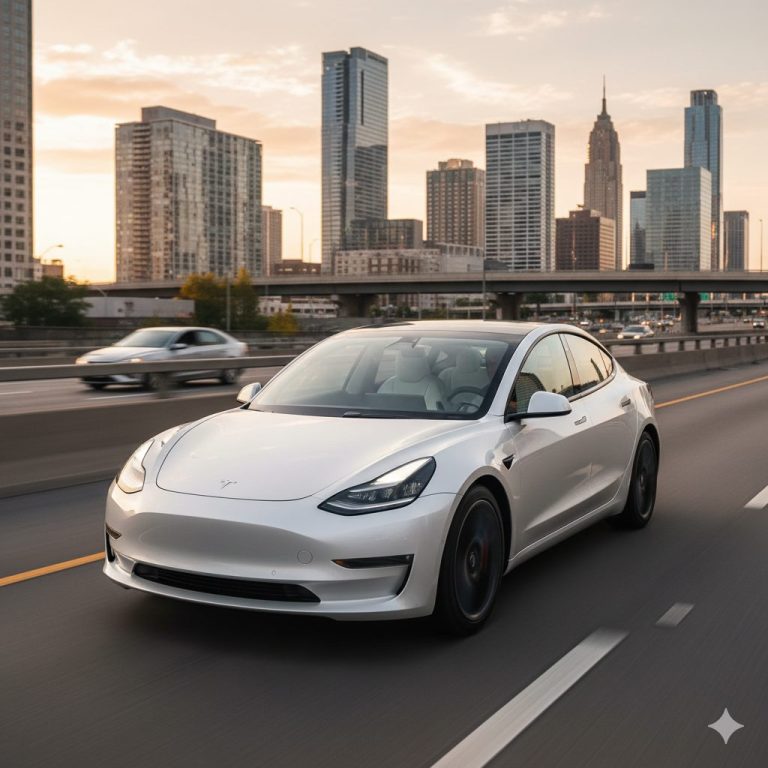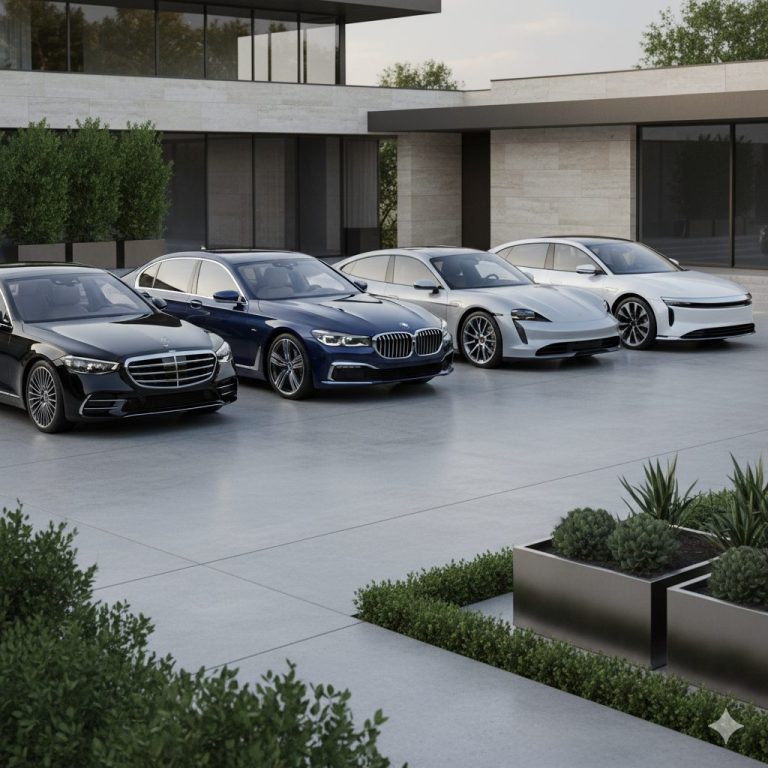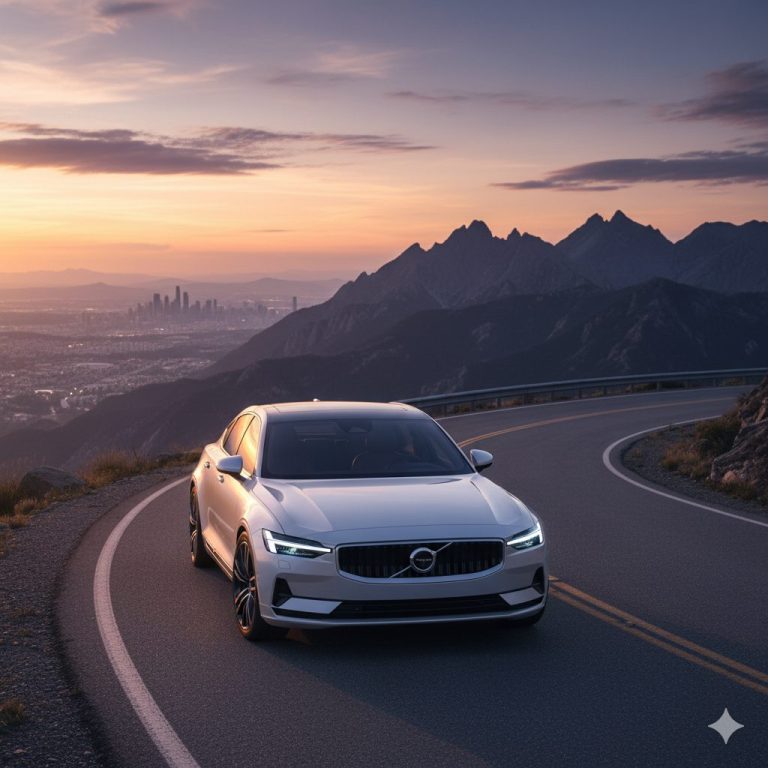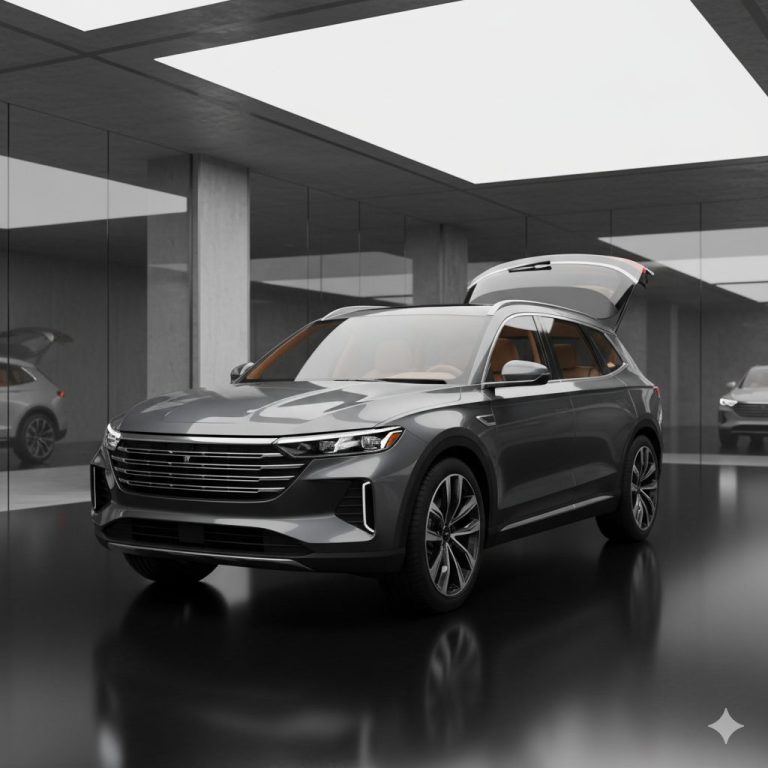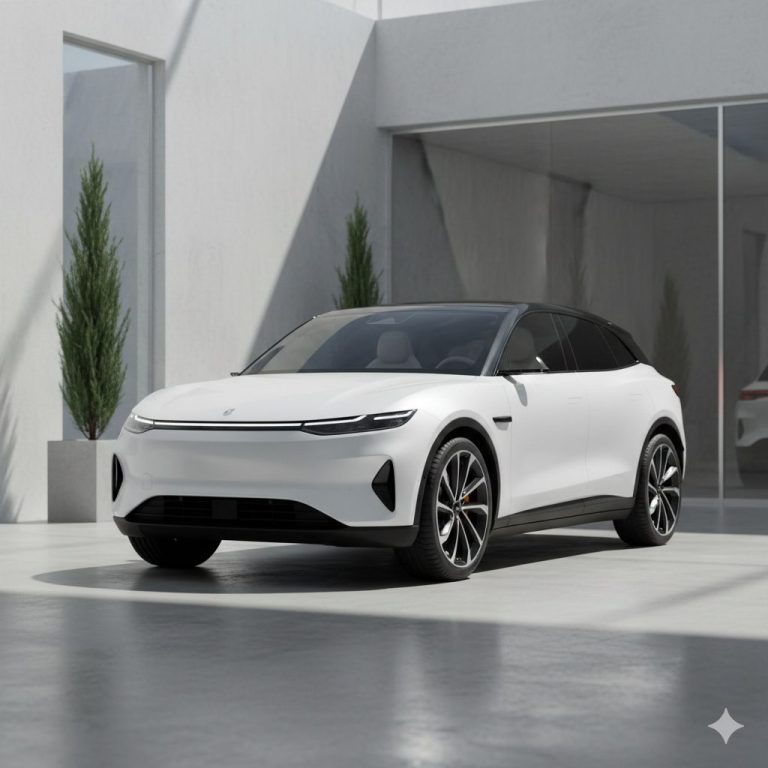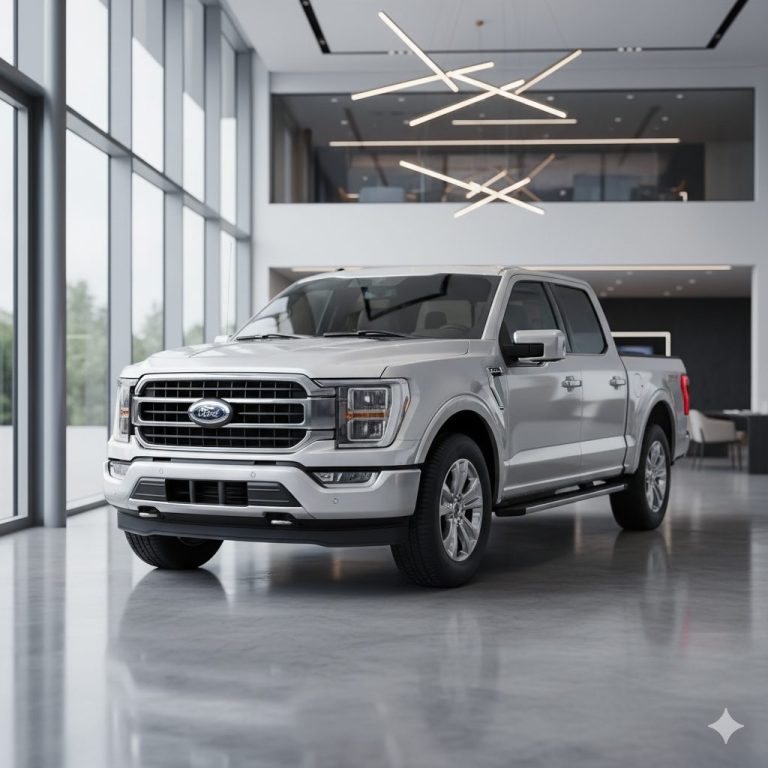Regret on Repeat: 12 Hybrids Owners Wish They’d Never Plugged Into
Hybrids were supposed to be the best of both worlds electric efficiency meets gas-powered freedom. But not every hybrid delivered on that dream. Some turned out to be unreliable, underwhelming, or just plain annoying to live with. From clunky performance to sky-high repair bills, these so-called eco-saviors left owners wishing they’d just stuck to something simpler.
Here are 12 hybrids that proved saving fuel isn’t always worth losing your sanity.
First-Generation Toyota Prius
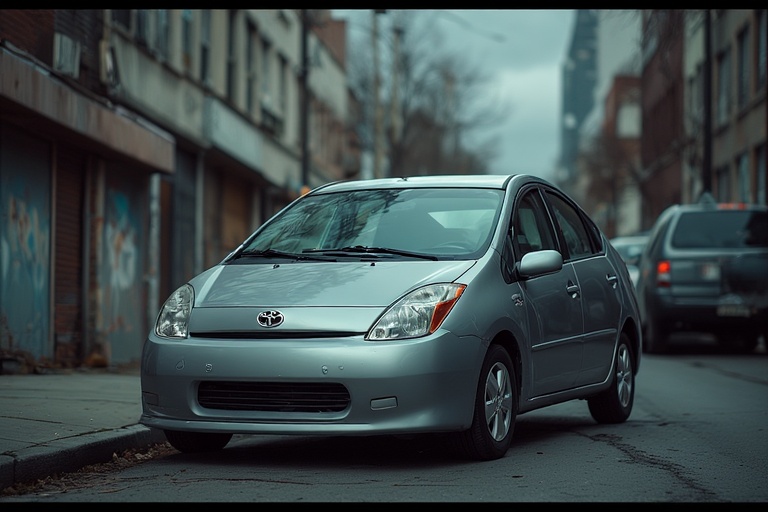
Okay, I know, I know. It’s the icon. It started it all. But that first one… man, it was rough. It looked like a weird science project, and driving it was… well, it was an experience. The battery pack in these old ones, if it went out, it was a $3,000 heart attack waiting to happen. And the performance was just… sad. You’d merge onto the highway and just pray. It was probably like, $20,000 new, which felt like a lot for a car that felt so… fragile and slow. A noble idea, but a tough thing to live with day-to-day.
Honda Accord Hybrid (First Gen, 2005-2007)
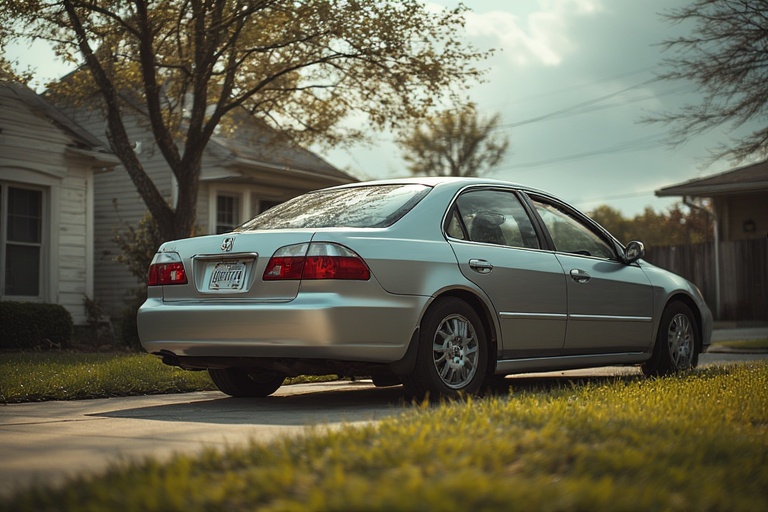
This one hurt because the regular Accord is so good, you know? They shoved this IMA system in there and it was just… not great. The battery issues were legendary. They’d just die, and the replacement cost was brutal. And the fuel economy wasn’t even that much better than the regular V6 to justify the hassle and the premium price, which was like, over $30,000. It was a complicated solution to a problem that didn’t really exist. Felt like Honda was just trying to check a box.
Lexus GS 450h
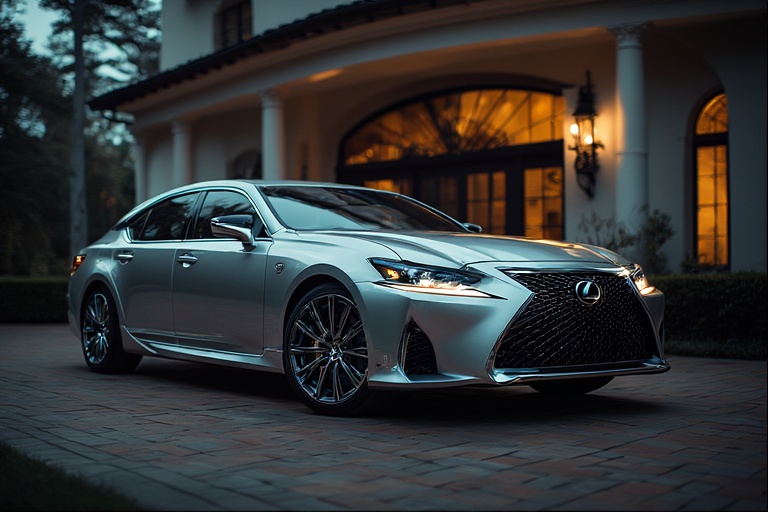
This is a weird one because on paper, it’s awesome. A powerful V6 hybrid in a sleek Lexus sedan. But the complexity… oh, the complexity. When something went wrong with that hybrid system, you weren’t taking it to your local mechanic. You were going to the dealer, and the bill would be in the thousands. For a car that cost, what, $55,000+? That’s a lot of risk. It was a wolf in sheep’s clothing, but the wolf had a PhD in electrical engineering and a very expensive hourly rate.
Chevrolet Malibu Hybrid (2008-2010)

The “mild hybrid.” And man, they weren’t kidding. It was mild. The fuel economy gains were almost negligible, like 1 or 2 MPG. It was such a half-hearted effort from GM. And because it was so anemic and forgettable, the resale value just plummeted. You paid a few thousand extra over the base model, maybe $25,000, for basically nothing. It was the definition of a compliance car—built because they felt they had to, not because they wanted to make a good product.
Cadillac Escalade Hybrid
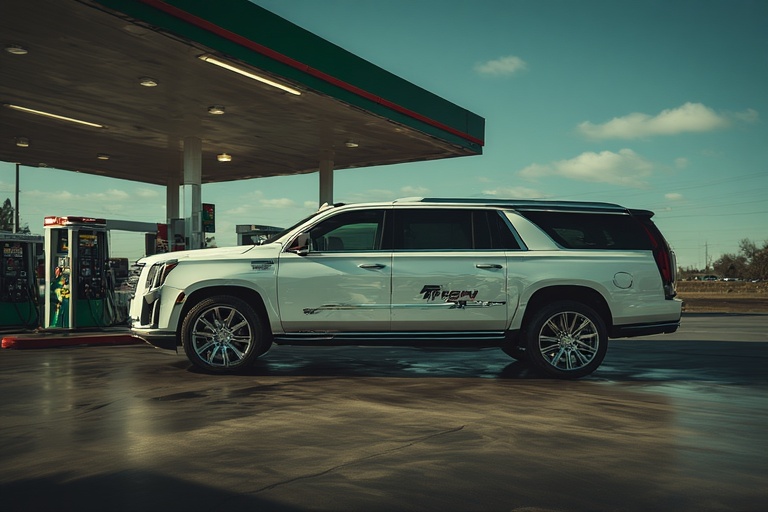
The idea is just… funny. A giant, hulking, luxury SUV trying to be green. The hybrid system was clunky, the fuel economy was still terrible for anyone else’s standards—like, maybe you got 20 MPG instead of 15? Big whoop. And when that complex system had a problem, the repair cost was as massive as the vehicle itself. For a $70,000+ SUV, it was just a status symbol that screamed “I’m trying, but I don’t really get it.”
Ford Escape Hybrid (first gen)

Okay, this one was actually… kinda okay? For a while. But man, as they aged, the battery degradation was a real issue. You’d buy it used for a seeming bargain, and then bam, you need a $4,000 battery pack. The early versions had their quirks too, with the transmission and the brake system feeling kinda weird and not fully sorted. It was a pioneer, but pioneers often have a tough time.
BMW ActiveHybrid 5 (F10)
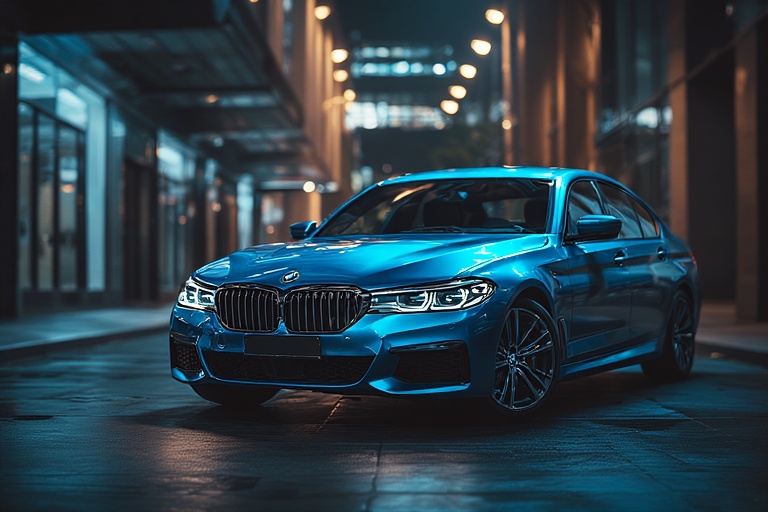
Oh, BMW. Why? You take a perfectly brilliant sports sedan and you add hundreds of pounds of hybrid battery and hardware, which messes up the weight balance, and for what? The fuel economy wasn’t even that impressive. And the potential for things to go wrong… it’s a BMW, which are complicated enough, plus a whole hybrid system. A repair bill could easily total a cheap new car. This was a $60,000 lesson in not fixing what isn’t broken.
Nissan Altima Hybrid
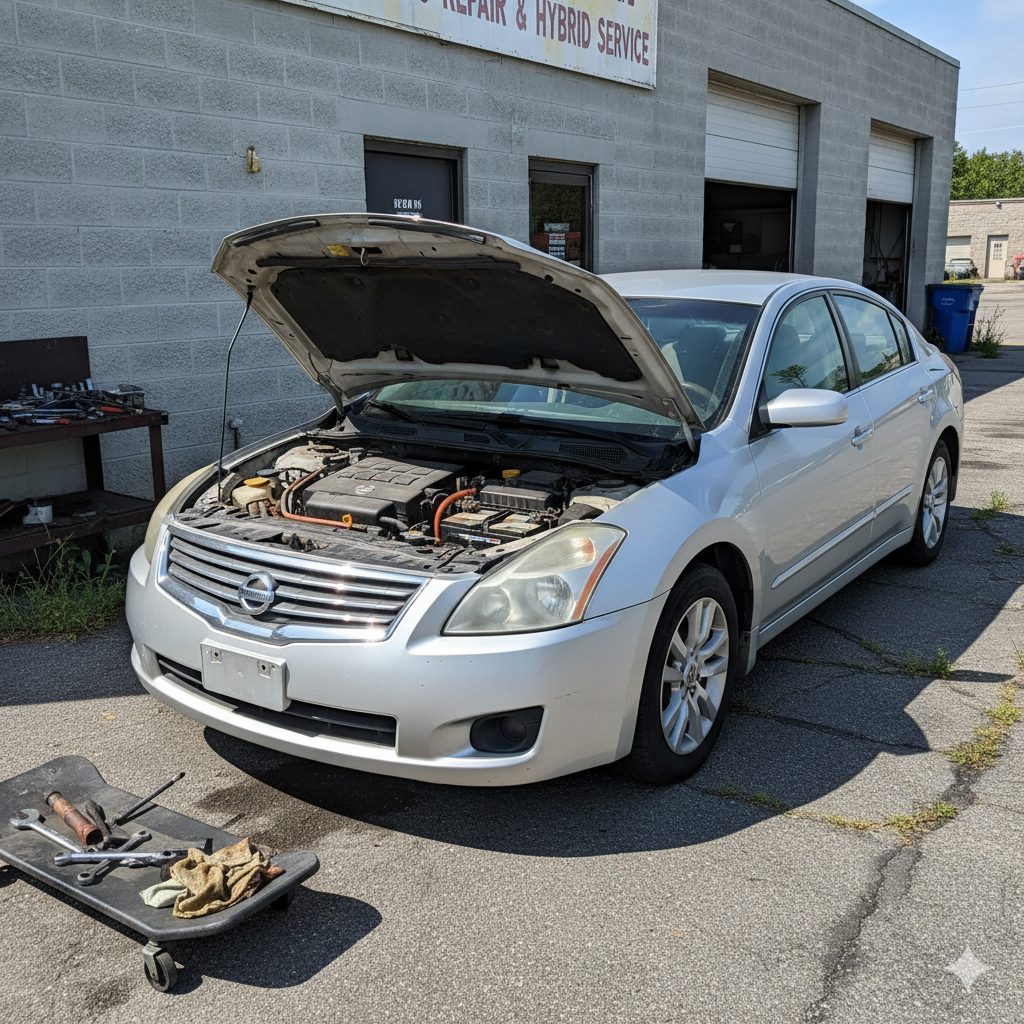
This was basically a car made for a few states to meet regulations. It used a licensed version of the Toyota system, but it never felt as polished. Parts were harder to find, and it just never had the support or the reputation. It was like a weird, forgotten cousin. You’d get one and then realize nobody, not even the dealers sometimes, really knew how to work on it properly. A real orphan car.
Mercedes-Benz S400 Hybrid
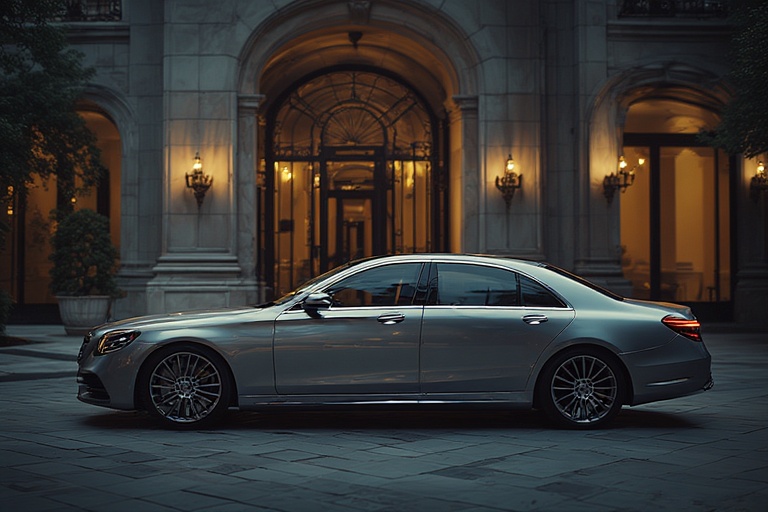
A hybrid S-Class. It sounds so… sensible. But it’s a Mercedes S-Class! The pinnacle of luxury and complexity. Adding a hybrid system to that was like performing brain surgery on a genius. When it worked, it was sublime. But the cost of ownership over the long term was terrifying. A single component failure could be a five-figure repair. For a car that was over $90,000 new, the depreciation was steep, but the maintenance costs were even steeper.
GMC Yukon Hybrid
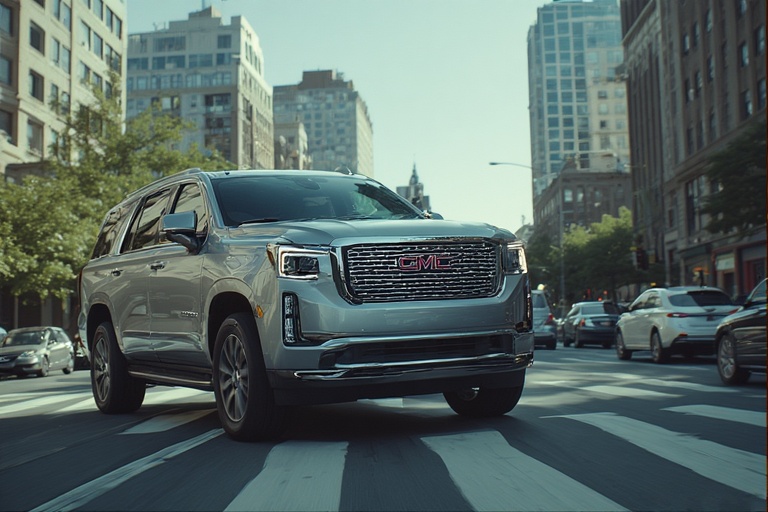
Same story as the Escalade, really. It was a technological marvel in a way, but it was solving a problem for a very small group of people who wanted a giant SUV but felt a tiny bit guilty about it. The real-world fuel savings didn’t often live up to the hype, and the system’s complexity was a huge turn-off for second-hand buyers. It was a cool engineering exercise that most owners probably regretted after the warranty expired.
Audi Q5 Hybrid

Audi’s first crack at a hybrid SUV was… not their best moment. The electric-only range was practically nothing, and the transition between gas and electric was often jerky and not smooth. It felt like a first draft. And with Audi’s reputation for expensive repairs, adding a fledgling hybrid system into the mix was just asking for trouble. You paid a premium for the hybrid badge, maybe $45,000, and got a lot of extra anxiety in return.
Infiniti M35h
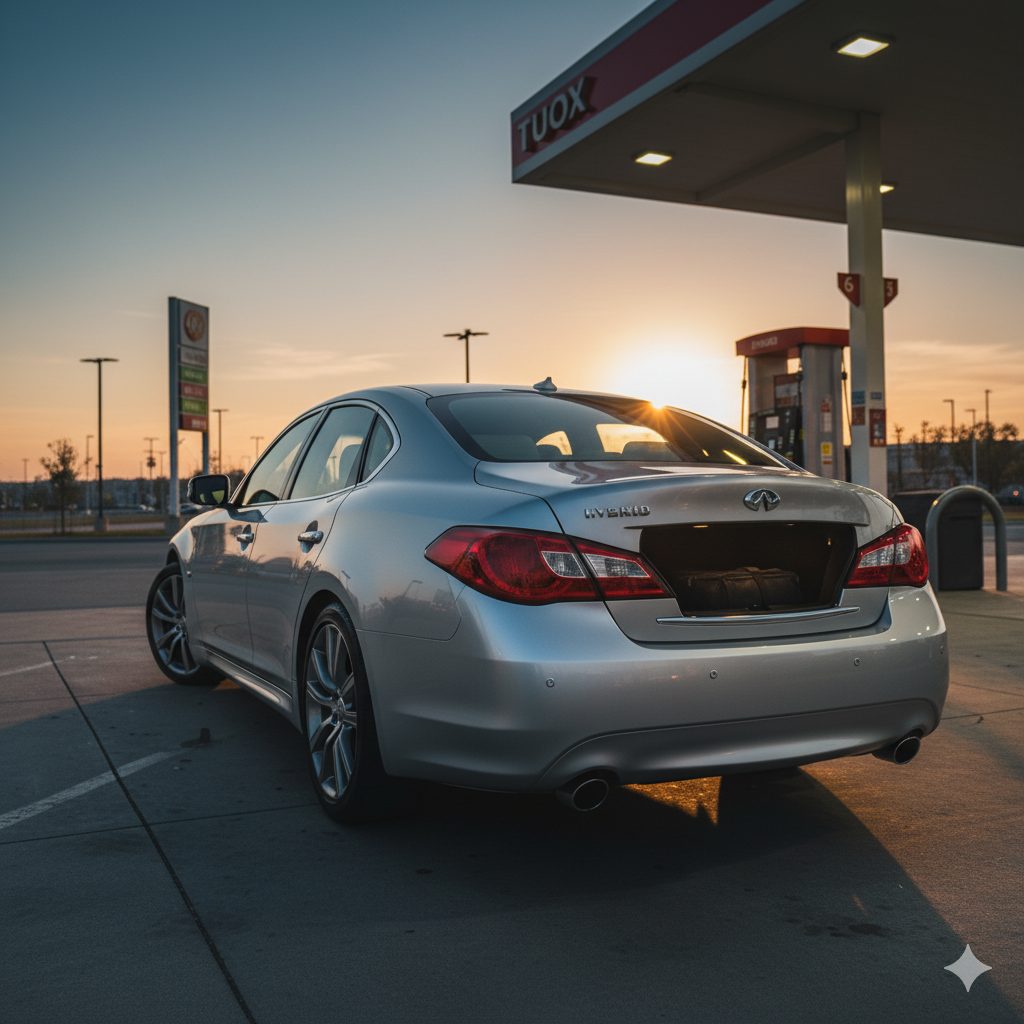
This one is a sleeper on this list. It was actually really powerful! But it was also insanely complex. The reliability was a huge question mark, and the battery pack took up a huge chunk of the trunk space. So you had this luxury sports sedan that couldn’t even carry your groceries properly. For over $50,000, it was a niche product for a person who wanted speed and “green” cred but didn’t think about the long-term consequences.

